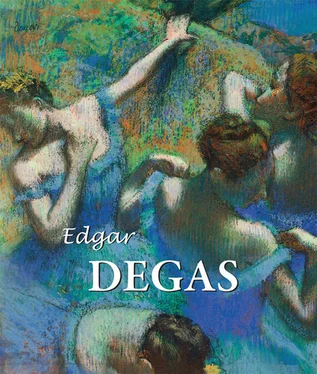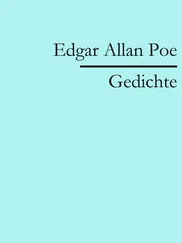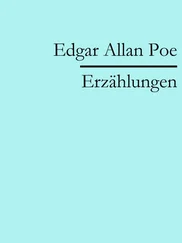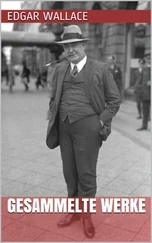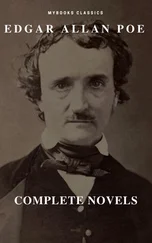
Mlle Fiocre in the Ballet “La Source” (detail), 1866–1868.
Oil on canvas, 110.5 × 91.4 cm.
Albright-Knox Art Gallery, Buffalo.
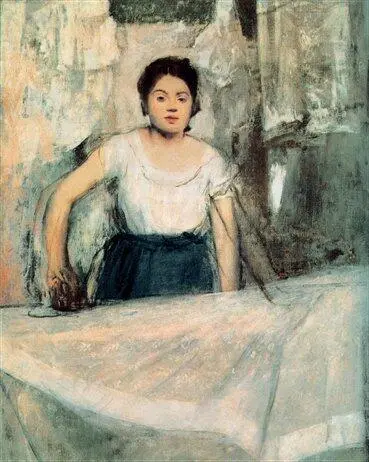
Woman Ironing, c. 1869.
Oil on canvas, 92.5 × 73.5 cm.
Neue Pinakothek, Munich.
The enormous painting The Daughter of Jephthah is full of the influences of different masters, from Nicolas Poussin to Raphael, and Eugène Delacroix. The painting Scene of War from the Middle Ages or The Misfortunes of the City of Orléans , with its baffling subject, could have been drawn from a tale that Degas’ grandfather, who was originally from Orléans, had told him. It reminds one of Delacroix. As early as the 1850s he discovered two absolutely new and unexpected subjects: horses and the ballet. In 1859, the Valpinçon family invited Edgar to spend a few weeks at their estate in Ménil-Hubert-sur-Orne where they had a horse-breeding farm. His eye noted their proportions, the particularities of the horse’s skeleton, and the play of its muscles. After his first rather complex compositions depicting racetracks, Degas learned the art of translating the nobility and elegance of horses, their nervous movements, and the formal beauty of their musculature The Parade ( Racehorses in front of the Tribunes ).
Around the middle of the 1860s Degas made yet another discovery. In 1866, he painted his first composition with ballet as a subject: Mademoiselle Fiocre in the Ballet “La Source“ . Degas frequently attended the Paris Opera, where, in 1866, Eugénie Fiocre often danced The Spring . It’s true that, in this first painting, the ballet itself was not yet depicted. It was more a portrait of the ballet dancer. Mlle Fiocre is seated on stage surrounded by Oriental scenery with a horse at her side. Degas had always been a devotee of the theatre, but from this time on, it would become more and more the focus of his art. It gradually permeated his painting through his portraiture. After Mlle Fiocre, he turned to painting portraits of musicians.
In 1869 he did an admirable portrait of his father with Lorenzo Pagans, the musician: Degas’ Father Listening to Lorenzo Pagans Playing the Guitar . Pagans occupies the foreground, wholly absorbed in his music, a guitar in his hands. In spite of the almost classical construction of the composition and the seemingly static nature of the subjects, there is action in this painting: Pagans is gently strumming and Degas’ father is listening. This becomes a characteristic aspect of Degas’ art. Like Manet and the Impressionists, he rejects subject and literary narrative, but in his own paintings there is always something happening. Also in 1869, Degas painted The Orchestra at the Opera.
At first glance this painting is also just a portrait of musicians. In fact it is a portrait of a whole group of the painter’s friends, whom his imagination has gathered together in the orchestra pit. The faces are painted in close up, they are individualised, they have character, and, above all, they are not posing, but, instead, are engrossed in the music. Before Edgar Degas, nothing like this had ever been done before. Three years later, in 1872, Degas’ first painting devoted solely to the ballet appeared: Le Foyer de la danse à l’Opéra de la rue Le Peletier ( The Dance Foyer at the Opera on the rue Le Peletier ). Degas moved from the theatre on to the rehearsal halls, where the dancers practised and took their lessons. This was how Degas arrived at the second sphere of that immediate, everyday life that was of interest to him. The ballet would remain his passion until the end of his days.
When the Franco-Prussian war began in 1870, Degas enlisted in the French National Guard artillery. It was during his service in the army that he learned he might lose his eyesight, which would have a tragic impact on his life.
In 1872, Degas went to New Orleans to visit his mother’s relatives who were cotton traders. Although the purpose of the trip was business, he sketched a great deal. Though by nature disinclined to react with much emotion, he was happy with his new impressions all the same. For the 1874 Impressionist exhibition, Degas contributed canvases and drawings with motifs that, from then on, would forever be associated with him: the theatre, ballet classes, washerwomen, racetracks, and nudes. In the exhibition that followed, portraits, milliners, and paintings executed from impressions of New Orleans appeared. Cabarets and the circus would come later. At the beginning of his development as an Impressionist, two paintings represented extremely important steps.
Degas was the only painter of his generation who took photography seriously. He took intrest in it rather late, in the middle of the 1880s, and bought a camera around 1895. This proves that the unique features of Degas’ compositions do not relate to the direct influence of the camera, but to the specificity of his own vision of the world. When he began to take photographs himself, it was his vision that influenced the compositions of his photographs, not the other way around.
In 1876, Degas painted The Absinthe Drinker ( Glass of Absinthe ). At that time the artists had already abandoned the Café Guerbois and reunited at La Nouvelle Athènes in the Place Pigalle. Degas had lived in this neighbourhood for a large portion of his life: in rue Blanche, rue Fontaine, and rue Saint-Georges. He could now regularly be found in the evenings on the terrace of La Nouvelle Athènes with Édouard Manet, Émile Zola, and various Impressionists and critics. For his new painting he asked his friend, engraver Marcellin Desboutin, just back from Florence, and the pretty actress Ellen Andrée to pose for him. Ellen Andrée would later pose at the same location, on the terrace of La Nouvelle Athènes, for Manet’s The Plum , and also for Renoir’s Luncheon of the Boating Party on the island of Croissy . Degas depicted her as a prostitute of the Parisian streets with a lost look, sitting absolutely still before a glass of absinthe, absorbed in thought. At her side, a pipe clenched between his teeth and a hat pushed to the back of his head, one of the café regulars is seated. He also seems to be looking into the distance, not aware of the woman seated just beside him. Squeezed into a corner behind little empty tables, they are almost touching one other, but each is in their own world. Again, Degas has succeeded in setting down on the canvas something almost impossible to capture: the bitter solitude of a human being in one of the merriest, liveliest cities in the world.
One of the main differences between Degas’ ideas and those of the other Impressionists was his point of view regarding open-air painting. For all the others, open-air painting was both an aim and an essential condition of their work. However, with Degas, it was not living nature that caused a landscape to appear on paper or canvas. On the contrary, it was a shape or a line seen at random that would give birth to a landscape in his imagination. Degas’ odd attitude towards landscapes had two explanations, however. Firstly, Degas’ greatest misfortune must not be forgotten, the weakness of his eyesight. What was most important, though, was that Degas had more confidence in his prodigious memory than in a fleeting impression.
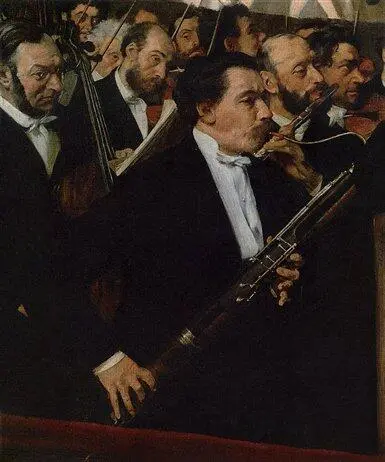
The Orchestra at the Opera (detail), c. 1870.
Читать дальше
